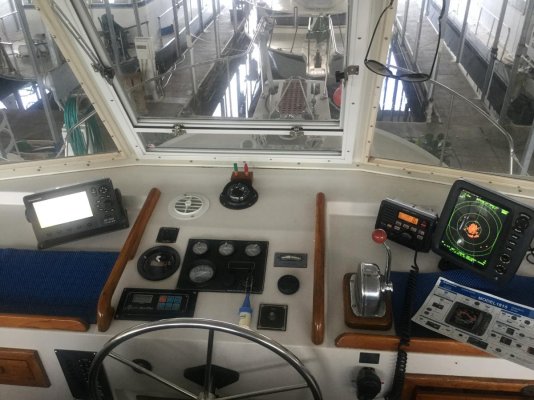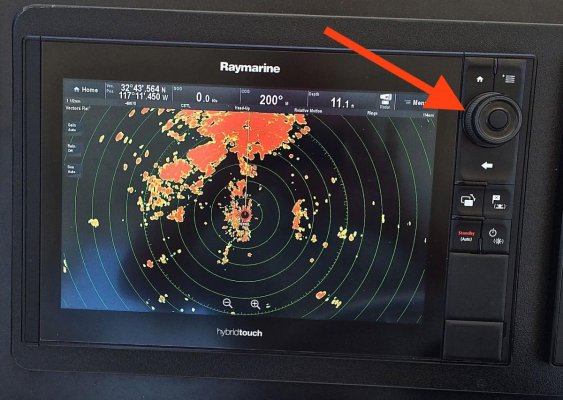We hung a Raymarine Quantum on our last boat, which was the newest radar I have owned (currently have 2011-vintage Furuno). The Quantum worked really well, and the integration of the entire Raymarine system was easy to use. I would buy again if looking for an integrated solution.
The Furuno 1815 looks like a great stand-alone set. With a good scanner mounting location, it will probably offer more performance than most if us would ever need. We will be adding a stand-alone to IRENE before we depart for distant shores, and the 1815 would work well. I would not hesitate to look at the JRC and Si-Tex units too.
I don’t recall reading anything about lousy radar sets from any manufacturer. I think your personal preference in appearance and features, matched with your budget, is the answer. Hard to go wrong with a Furuno considering their reputation, customer support, and parts availability.




